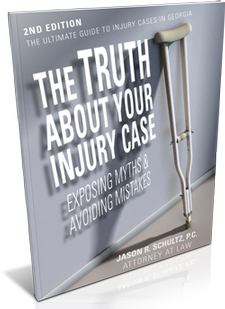Preventing Falls
While there is no way to guarantee fall prevention, safety steps that can be put in place can and should include the following:
- Manage Hazards: Prevent and protect against falls due to wet floors, uneven steps, inadequate lighting, and insufficient supports and walking aids.
- Ensure Adequate Staffing: Staff with adequate fall prevention training need to be available to assist residents at all times.
- Ensure Adequate Support: Provide seniors with tools, tips, techniques, and equipment to manage and mitigate fall risks. This may include nonslip socks and shoes, grab bars in bathrooms, bedrails, well-maintained walkers and wheelchairs, and adding toilet seat risers, for example.
- Follow a Fall Prevention Plan: If the facility has a fall prevention plan for a resident, ensure that staff members follow it each and every time. For example, if moving a resident requires two members, one staff member should never attempt to move the resident on her own. This can cause injury to the resident as well as the staff member.

 As people age, issues with balance, vision, and coordination often lead to falls that can result in devastating and debilitating injuries. Preventing falls in a nursing home should be the top concern of anyone who works with the elderly.
As people age, issues with balance, vision, and coordination often lead to falls that can result in devastating and debilitating injuries. Preventing falls in a nursing home should be the top concern of anyone who works with the elderly.
